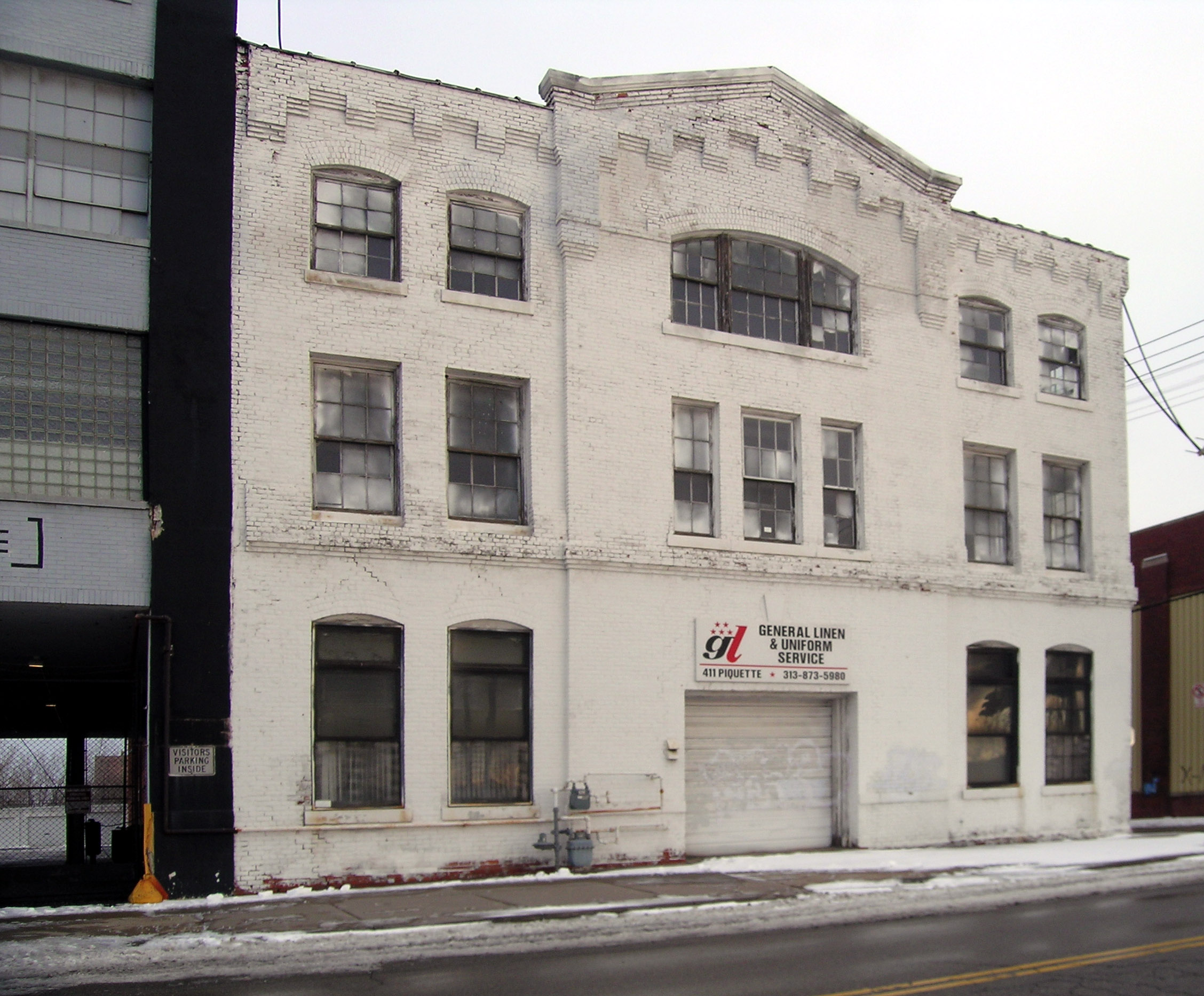- Piquette Plant
Infobox_nrhp | name =Ford Piquette Avenue Plant
nrhp_type =nhl

caption =
location=Detroit, Michigan
lat_degrees = 42
lat_minutes = 22
lat_seconds = 7.38
lat_direction = N
long_degrees = 83
long_minutes = 3
long_seconds = 55.94
long_direction = W
locmapin = Michigan
area =
built =1904
architect= Field, Hinchman & Smith
architecture= Late Victorian
designated =February 17 2006 cite web|url=http://tps.cr.nps.gov/nhl/detail.cfm?ResourceId=1692646296&ResourceType=District
title=Ford Piquette Avenue Plant |accessdate=2008-06-27|work=National Historic Landmark summary listing|publisher=National Park Service]
added =February 22 ,2002
governing_body = Private
refnum=02000041cite web|url=http://www.nr.nps.gov/|title=National Register Information System|date=2007-01-23|work=National Register of Historic Places|publisher=National Park Service]The Ford Piquette Avenue Plant is located at 411 Piquette Avenue in
Detroit ,Michigan , within thePiquette Avenue Industrial Historic District . It was the second home ofFord Motor Company automobile production.History
In 1904, after just 1 year of operation, the board of the Ford Motor Company approved construction of a New England mill-style building, on a lot at the corner of Piquette and Beaubien Streets in Detroit. The structure served the new firm for only a few years, yet it played a most important role in realizing Henry Ford's dream of an affordable car for the masses.
In 1906,
Peter E. Martin was made assistant toThomas Walburn in active charge of all manufacturing departments.During 1907, in a room at the northwest corner of the third floor of the " [http://www.tplex.org Piquette Plant] ", Henry Ford and a small team of dedicated engineers developed the Model T, the car that would change the world. Records at Dearborn show that much of the design and experimental work was done byJoseph Galamb ,C. Harold Wills , Harry Love,C.J. Smith ,Gus Degener andPeter E. Martin . [Wik, Reynold M.: "Henry Ford and Grass Roots America,1972] Plans for what became the "Car of the Century " were announced in the spring of 1908.The first production Model T was built at Piquette on
September 27 ,1908 .Peter E. Martin was plant superintendent and production manager,Charles E. Sorensen was Martin's assistant and handled production development. Only 11 cars were built there the following month. However, demand quickly grew, and it soon became apparent that the facility could no longer keep up with increasing output. In 1910, theFord Motor Company team consisting primarily ofPeter E. Martin , the factory superintendent;Charles E. Sorensen , Martin's assistant;C. Harold Wills , draftsman and toolmaker;Clarence W. Avery andCharles Lewis a first line supervisor began experimenting with the movingassembly line . [Perry, Stephen C.:Essay The Team As Hero, Gardner Webb University, May 2000]During 1910, after assembling nearly 12,000 Model Ts, Henry Ford moved production to his new Highland Park complex. There, with improved assembly line techniques, over 15 million more "Tin Lizzies" would eventually be produced.
The Piquette Plant was sold to
Studebaker , who had recently acquired theE-M-F Company , located one block west on Piquette. As of 2000, the building is a museum. The Model T Automotive Heritage Complex Inc, a non-profit corporation, is the governing body. The current officers are: Jerald A. Mitchell, Steven Rossi, Randy Mason, and Paul James Sloan. It was spared disaster in June of 2005 when the Studebaker / E-M-F plant burned to the ground.References
Links
* [http://www.tplex.org Model T Automotive Heritage Complex Inc.]
* [http://detroityes.com/industry/07fordpiq2.htm Photo]
* [http://www.detnews.com/2005/metro/0506/21/B01-222684.htm Fire destroys historic building]
Wikimedia Foundation. 2010.
